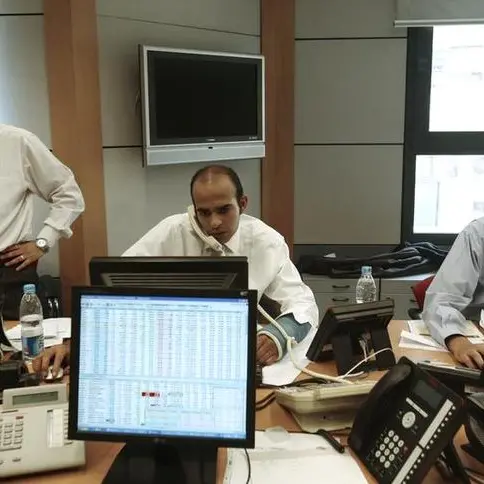PHOTO
The S&P 500 and the Nasdaq closed sharply higher on Wednesday after Federal Reserve chair Jerome Powell acknowledged that inflation was starting to ease, in remarks he made following a quarter-point rate hike by the U.S. central bank.
Wall Street's major indexes had lost ground immediately after the Fed announced its rate hike decision. Its statement also said "ongoing increases" to rates would be appropriate.
But the indexes bounced off their lows and kept gaining ground soon after Powell started speaking to reporters with the S&P ending up 1% and the Nasdaq adding 2%.
Investors were encouraged by Powell's answer to a question about easing financial conditions such as rising equities and falling bond yields in recent months, according to Angelo Kourkafas, investment strategist at Edward Jones, St Louis.
"He had an opportunity to relay a hawkish message and didn't take it. He could've said that markets are getting overly excited and he didn't take the opportunity. Instead he said a lot of tightening has already happened," said Kourkafas.
Since Powell said he could acknowledge for the first time that disinflation had started to happen, investors saw his suggestion that there could be two more rate hikes as a "placeholder" the strategist said.
The Dow Jones Industrial Average rose 6.92 points, or 0.02%, to 34,092.96, the S&P 500 gained 42.61 points, or 1.05%, to 4,119.21 and the Nasdaq Composite added 231.77 points, or 2%, to 11,816.32.
The afternoon rally had the S&P registering its highest closing level since Aug. 25 while the Nasdaq posted its highest close since September.
Of the S&P 500's 11 major industry sectors only energy ended the day lower, down 1.9%, while interest rate sensitive technology shares were the biggest gainers, up 2.3%.
Investors were mostly focused on the Fed's path forward, as the size of increase for its first policy meeting of the year was in line with expectations after rapid increases in 2022 including a December rate hike of 50 basis points.
After the press conference, money markets were betting on a terminal rate of 4.892% in June compared with bets for 4.92% just before the Fed's statement.
U.S. futures were still pricing in rate cuts this year with the fed funds rate seen at 4.403% by the end of December, the same as before the meeting.
Recent readings have indicated that inflation is easing, with the Fed also looking at data that will determine the resilience of the labor market and the pace of wage growth.
But data showed U.S. job openings unexpectedly rose in December ahead of the Labor Department's comprehensive report on nonfarm payrolls for January due on Friday.
Separate economic data showed U.S. manufacturing contracted further in January as higher rates stifled demand for goods.
All three indexes had a strong start to the year, with the S&P and the Dow witnessing their first gain for January since 2019 as investors returned to markets, which were bruised in the previous year by a hawkish Fed.
Advancing issues outnumbered declining ones on the NYSE by a 2.86-to-1 ratio; on Nasdaq, a 2.28-to-1 ratio favored advancers.
The S&P 500 posted 24 new 52-week highs and no new lows; the Nasdaq Composite recorded 136 new highs and 23 new lows.
About 13.7 billion shares changed hands in U.S. exchanges, compared with the 11.5 billion daily average over the last 20 sessions.
(Reporting by Sinéad Carew and Stephen Culp in New York, Johann M Cherian and Shreyashi Sanyal in Bengaluru; Additional reporting by Ankika Biswas; Editing by Sriraj Kalluvila, Maju Samuel and David Gregorio)




















